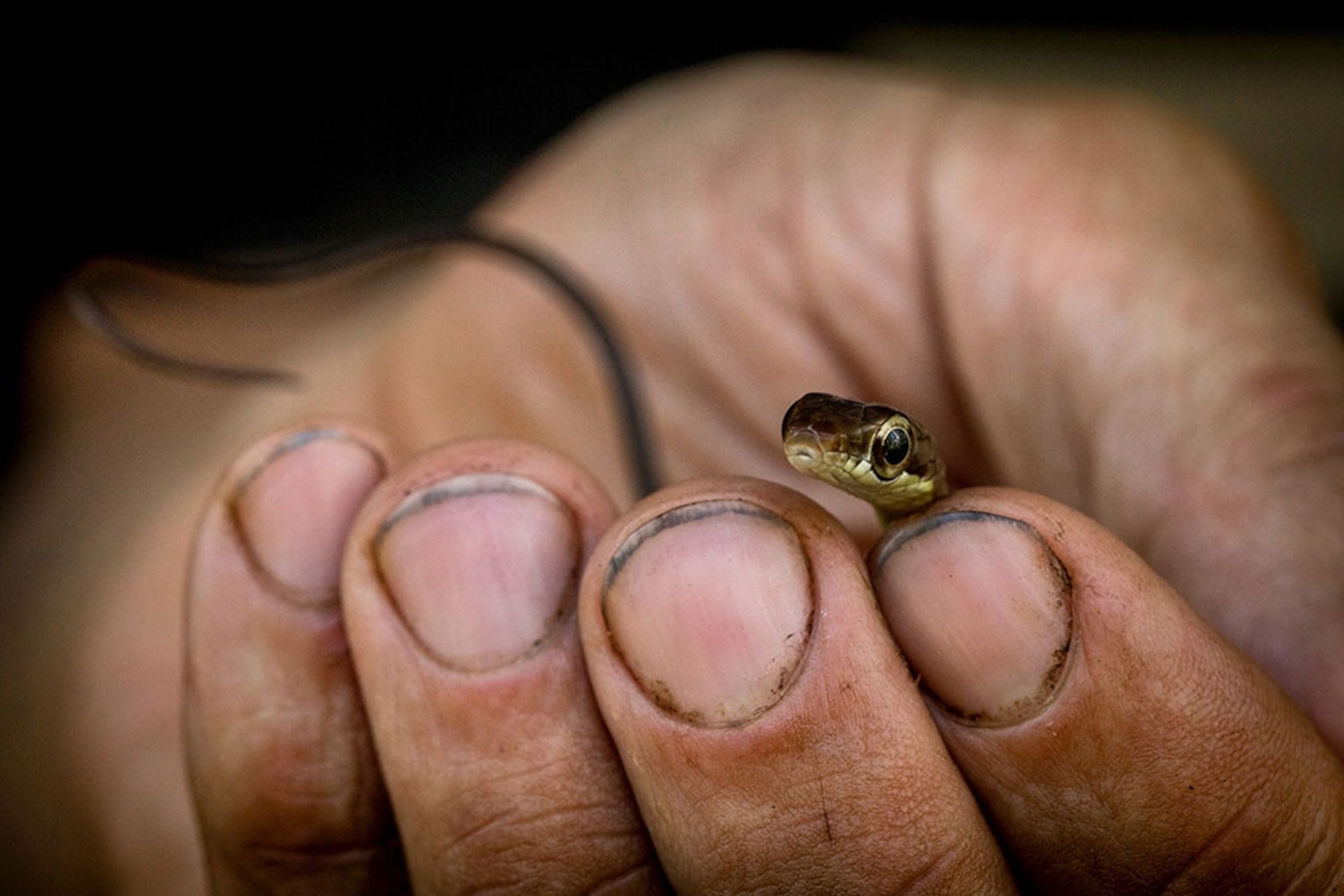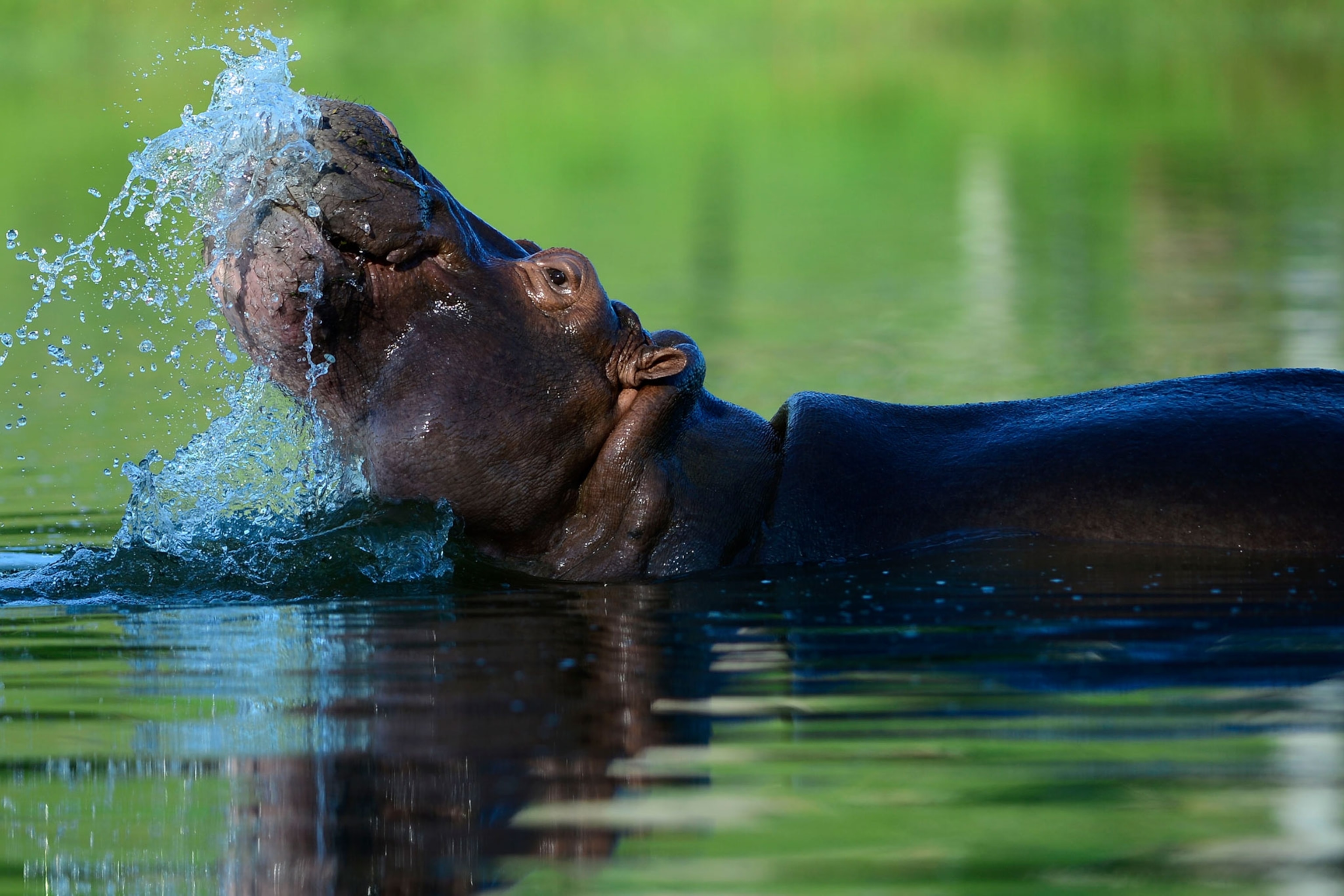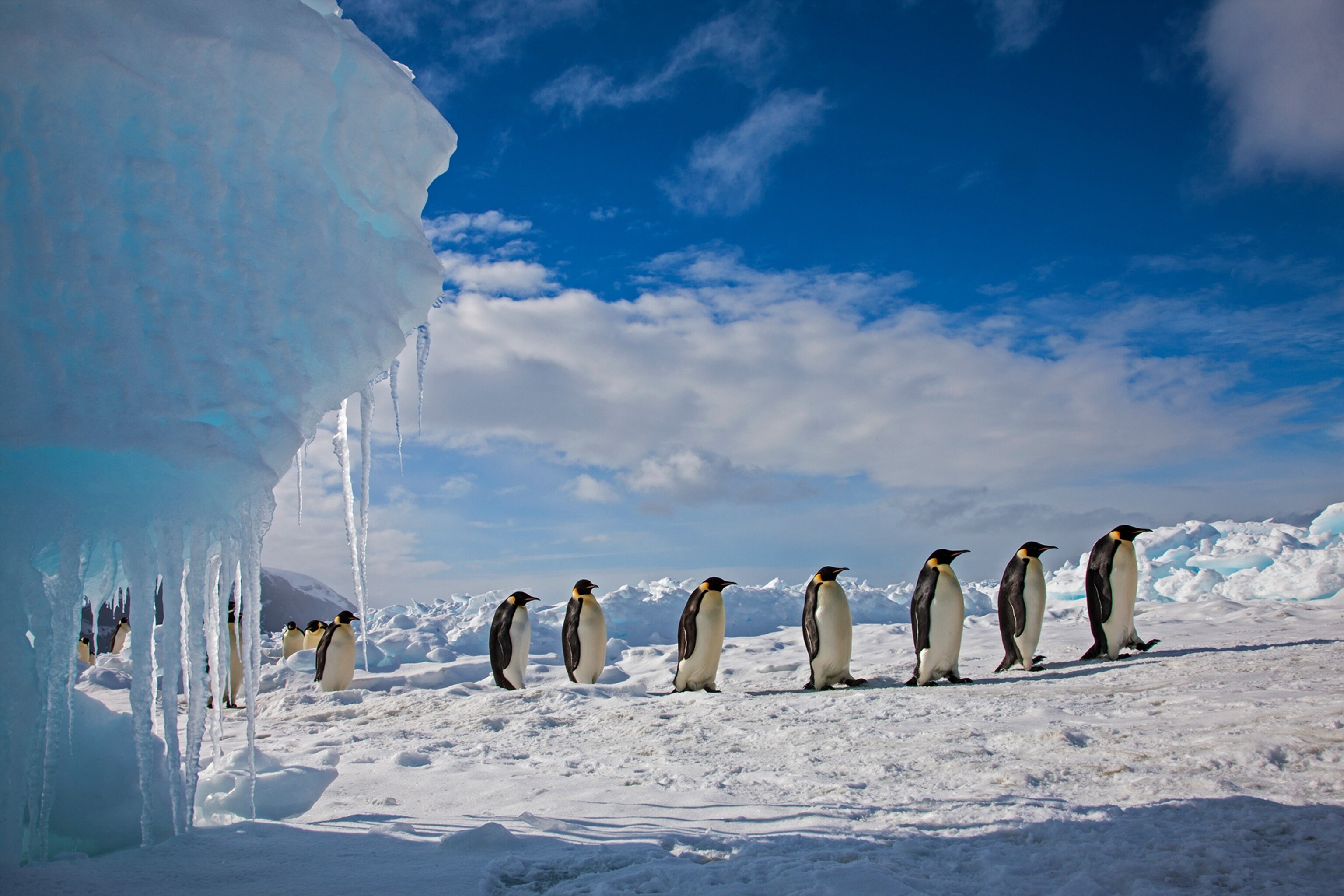
Why is protecting butterflies so dangerous?
By Rachael Bale, ANIMALS Executive Editor
Protecting nature and its wildlife has long been dangerous work. Park rangers are up against rebel militia groups and poachers. Indigenous activists face ex-military hitmen linked to infrastructure development projects. Conservationists face wildlife traffickers, illegal and legal miners and loggers, big business interests in agriculture, hydropower, and more.
Global Witness, an NGO, found that at least three environmental defenders were killed a week on average in 2018. More than half of those deaths were in Latin America.
Most recently, two men involved with El Rosario monarch butterfly reserve in Mexico were found dead in the span of a week: Homero Gómez González and Raúl Hernández Romero. The investigation is ongoing, but prosecutors have said both bodies showed signs of trauma.
Photographer Jaime Rojo, a National Geographic Society grantee who specializes in monarch butterflies, said the local environmentalists were under pressure by loggers and by drug cartels, who want to expand farming fields.
"Doing conservation at a local scale is often a very complex thing," he told my colleague David Beard. "But the challenges that the monarch butterfly sanctuaries [face] are clear: illegal logging and encroaching plantations of avocados, often controlled by gangs of drug cartels.”
Rojo, entranced by the magic of these butterflies, explains why their work is so important: "The migration of the monarch butterflies is more than just a natural phenomenon. It is a symbol that unites citizens in ... three countries. Despite the evident challenges, it is a story of hope and cooperation beyond borders."
Do you get this newsletter daily? If not, sign up here or forward to a friend.
Nat Geo Exclusive: Inside Wuhan
In quarantine: Wuhan native Wang Zhen couldn't sit up. His first thought: "I must not pass the bug to my family—if it was not too late." The philosophy professor, his condition deteriorating, was ignored when he dialed China's version of 911. He only got to the hospital when he went on social media to complain about a lack of availability. At the hospital, separated by a sheet from other patients who may have coronavirus, his fever broke. But he's not over the battle yet, Jane Qiu reports for Nat Geo.
Your Instagram photo of the day

Hello! That’s the head of a juvenile whip snake, found in the Peruvian Amazon. Students and professors were conducting a reptile survey, and photographer Trevor Frost captured the snake peeking over one researcher’s fingers.
Are you one of our 130 million Instagram followers? (If not, follow us now.)
Today in a minute
Killing birds: Exxon killed 250,000 seabirds in its 1989 oil spill off Alaska; it paid $112 million for the wildlife and environmental damage. BP killed a million birds in its Gulf of Mexico disaster; it paid $100 million, also in part under a 1918 treaty to protect migratory birds. Last week, the U.S. government said it would make official a policy of no longer prosecuting companies that accidentally kill birds. What does that mean? “In most cases, especially if there's money involved, people are going to ignore the birds,” Noah Greenwald, of the nonprofit Center for Biological Diversity, told Haley Cohen Gilliland of Nat Geo.
Partners: A viral video of a coyote and a badger working cooperatively has excited scientists, writes Nat Geo's Christine Dell'Amore. The video shows the partnership is more than transactional. It's not “these cold, robotic animals taking advantage of each other," says behavioral ecologist Jennifer Campbell-Smith. "They’re instead at ease and friendly.”
Not so lonesome: When the tortoise Lonesome George died in the Galápagos in 2012, researchers thought that there might be more of his subspecies near a volcano on one island. Conservationists working on the islands off Ecuador have discovered a young female tortoise that is partially related to Lonesome George, NBC News reports. Previous exhibitions have revealed tortoises related to a subspecies last seen in the 1850s.
Ruh roh! Does a citrus orchard have a bacterial disease? Bring in the canines. The dogs are being trained to sniff out citrus greening disease, which has sharply cut U.S. orange juice yields, Smithsonian reports. Humans can’t detect the odor of a bacteria-infested tree, but the dogs can.
Who’s watching the vets? A report shows much less accountability for veterinarians than doctors, according to The New York Times. An investigation found one practitioner in Oregon with decades of complaints filed against him in two states by regulators, customers and employees. Some former patients had concerns after their pets that went in for surgery ended up dying. Others recounted acts of cruelty. The vet still remains in good standing with the licensing board, despite new legal charges.
The big takeaway

Hippos don’t lie: Seventeen years after Pablo Escobar was killed, the Colombian drug king’s four pet hippopotamuses have multiplied in South America. At first the government wanted to export the hippos. But now there are dozens, and the accidental rewilding effort has led to benefits, ecologists say. One biologist says the hippos might contribute “ecosystem services” provided by large herbivores that are now gone, Christie Wilcox reports for Nat Geo.
Overheard at Nat Geo
Job offer: People say the world of journalism is tough, but sometimes you can catch a break. Eduardo Franco Berton, reporting on beetle smuggling in Bolivia, didn’t have to go on LinkedIn: A smuggler asked him if he’d want to work in the business, he reports. Discussing the capture of big-horned rhinoceros beetles, highly valued in Japan, the poacher “seems to forget that I’d introduced myself as a National Geographic journalist and asks me if I’m willing to catch beetles for him. 'If you can, we can secretly meet in Bolivia. I'm still not sure when I will go, but I want to organize my agenda for 2020.'” Um, no.
Did a friend forward this to you?
Come back tomorrow for Whitney Johnson on the latest in photography news. If you’re not a subscriber, sign up here to also get Debra Adams Simmons on history, George Stone on travel, and Victoria Jaggerd on science.
The last glimpse

They don’t march there: Penguins live on the ice shelves at the edge of the waters surrounding Antarctica, not the South Pole or the interior of Antarctica. That’s one of many misconceptions about the animals near the ends of the earth. These emperor penguins, far from the South Pole, are marching along the ice on Cape Washington on Antarctica's Ross Sea.
Read: Penguins don't live at the South Pole, and more polar myths debunked